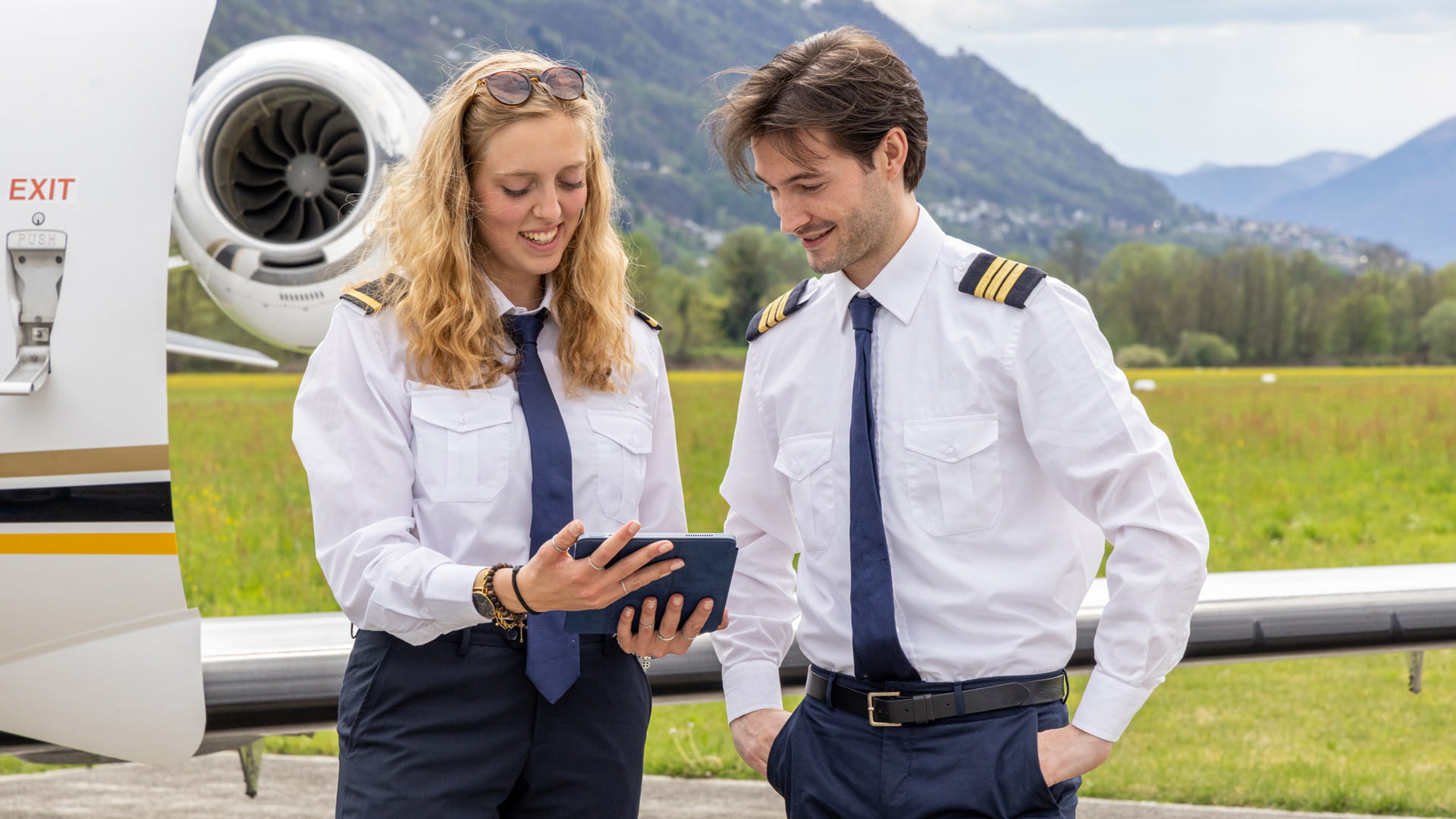
Flight planning is more than just plotting a course from point A to point B. It involves a mix of science, technology, and a bit of art. Pilots and dispatchers must consider weather conditions, fuel requirements, air traffic, and even the weight of the aircraft. Did you know that a well-planned flight can save thousands of dollars in fuel costs? Or that flight plans must be filed with aviation authorities before takeoff? These plans ensure safety, efficiency, and compliance with regulations. Whether you're an aviation enthusiast or just curious about how planes get from one place to another, these 18 facts will give you a deeper understanding of the intricate world of flight planning. Buckle up and prepare for takeoff!
Key Takeaways:
- Flight planning involves careful consideration of weather, fuel, and alternate airports to ensure safe travel. Technology and regulations play key roles in making this process efficient and environmentally friendly.
- Pilots, dispatchers, and technology work together to create detailed flight plans, while regulations and environmental concerns shape the aviation industry.
Understanding Flight Planning
Flight planning is a crucial part of aviation. It ensures safe, efficient, and timely travel from one point to another. Here are some fascinating facts about flight planning that highlight its importance and complexity.
-
Flight planning involves multiple steps. Pilots and dispatchers must consider weather conditions, fuel requirements, alternate airports, and air traffic control restrictions.
-
Weather plays a significant role. Meteorologists provide detailed weather forecasts to help pilots avoid turbulence, thunderstorms, and other hazardous conditions.
-
Fuel calculation is critical. Pilots must ensure they have enough fuel for the journey, including reserves for unexpected delays or diversions.
-
Alternate airports are always planned. In case of emergencies or unforeseen circumstances, pilots have pre-determined alternate airports where they can land safely.
The Role of Technology in Flight Planning
Technology has revolutionized flight planning, making it more accurate and efficient. Here are some ways technology impacts this process.
-
Flight planning software is widely used. These programs help pilots and dispatchers create detailed flight plans quickly and accurately.
-
GPS technology enhances navigation. GPS provides precise location data, helping pilots stay on course and avoid obstacles.
-
Real-time data improves decision-making. Pilots can access up-to-date information on weather, air traffic, and other factors that may affect their flight.
-
Electronic flight bags (EFBs) are becoming standard. These devices replace traditional paper charts and manuals, providing pilots with easy access to essential information.
Regulations and Safety in Flight Planning
Safety is the top priority in aviation, and strict regulations govern flight planning to ensure it. Here are some key facts about these regulations.
-
International regulations standardize flight planning. Organizations like the International Civil Aviation Organization (ICAO) set global standards for flight planning procedures.
-
Airlines must follow strict guidelines. Regulatory bodies like the Federal Aviation Administration (FAA) enforce rules to ensure airlines comply with safety standards.
-
Pilots undergo rigorous training. Before they can plan and execute flights, pilots must complete extensive training and certification processes.
-
Regular audits ensure compliance. Airlines and pilots are subject to regular inspections and audits to ensure they adhere to safety regulations.
Environmental Considerations in Flight Planning
Environmental impact is an increasingly important factor in flight planning. Here are some ways the aviation industry addresses environmental concerns.
-
Fuel efficiency is a priority. Airlines strive to minimize fuel consumption to reduce their carbon footprint.
-
Optimized flight paths reduce emissions. By planning the most efficient routes, airlines can decrease the amount of fuel burned and emissions produced.
-
Noise pollution is considered. Flight planners take into account noise-sensitive areas and plan routes to minimize disruption to communities.
-
Sustainable aviation fuels are being developed. Researchers are working on alternative fuels that produce fewer emissions and are more environmentally friendly.
The Human Element in Flight Planning
Despite advances in technology, human expertise remains essential in flight planning. Here are some facts about the human aspect of this process.
-
Dispatchers play a crucial role. These professionals work closely with pilots to create and monitor flight plans, ensuring safety and efficiency.
-
Pilots make final decisions. While technology and dispatchers provide valuable information, pilots have the ultimate responsibility for making decisions during a flight.
Final Thoughts on Flight Planning
Flight planning is more than just plotting a course from point A to point B. It involves meticulous calculations, weather assessments, and safety checks to ensure a smooth journey. Pilots rely on advanced technology and detailed maps to navigate the skies efficiently. Understanding the intricacies of flight planning can give you a newfound appreciation for the skill and precision required in aviation. From fuel management to emergency procedures, every aspect is crucial for a successful flight. Next time you board a plane, remember the extensive planning that goes into making your trip safe and enjoyable. Whether you're an aviation enthusiast or just curious, knowing these facts can enhance your travel experience. So, keep these insights in mind and enjoy your next flight with a deeper understanding of what happens behind the scenes. Safe travels!
Frequently Asked Questions
Was this page helpful?
Our commitment to delivering trustworthy and engaging content is at the heart of what we do. Each fact on our site is contributed by real users like you, bringing a wealth of diverse insights and information. To ensure the highest standards of accuracy and reliability, our dedicated editors meticulously review each submission. This process guarantees that the facts we share are not only fascinating but also credible. Trust in our commitment to quality and authenticity as you explore and learn with us.


